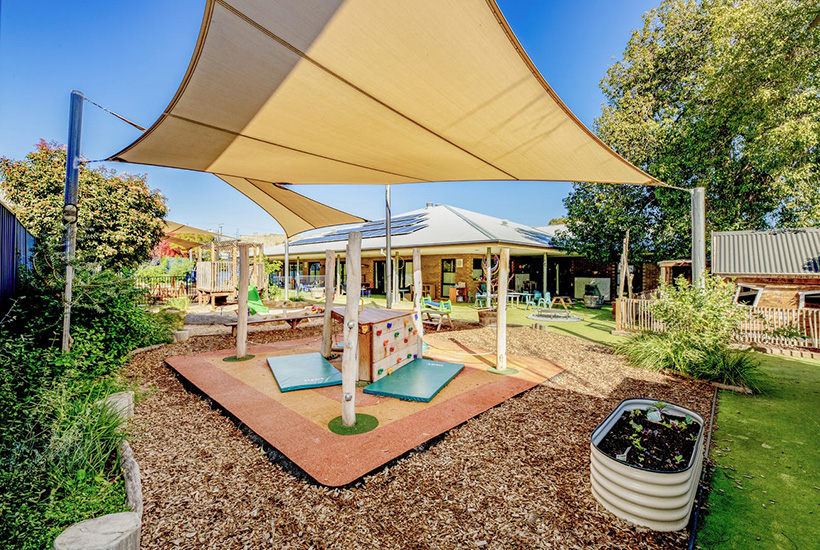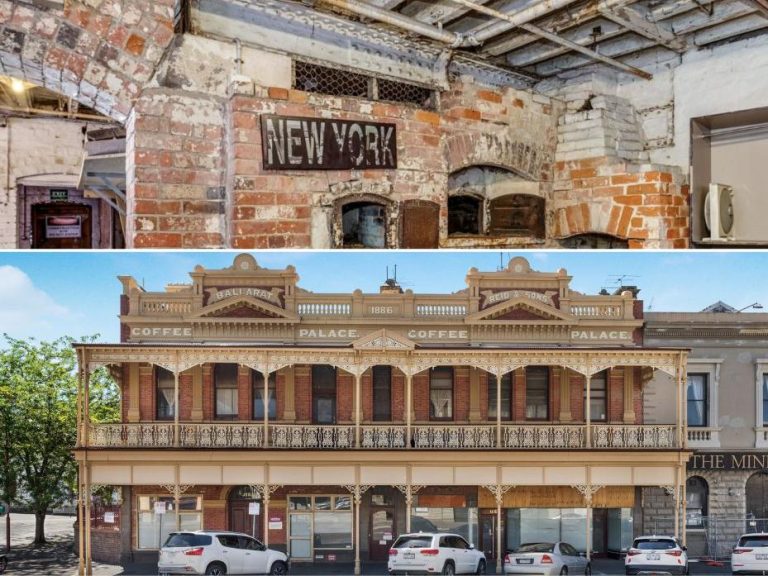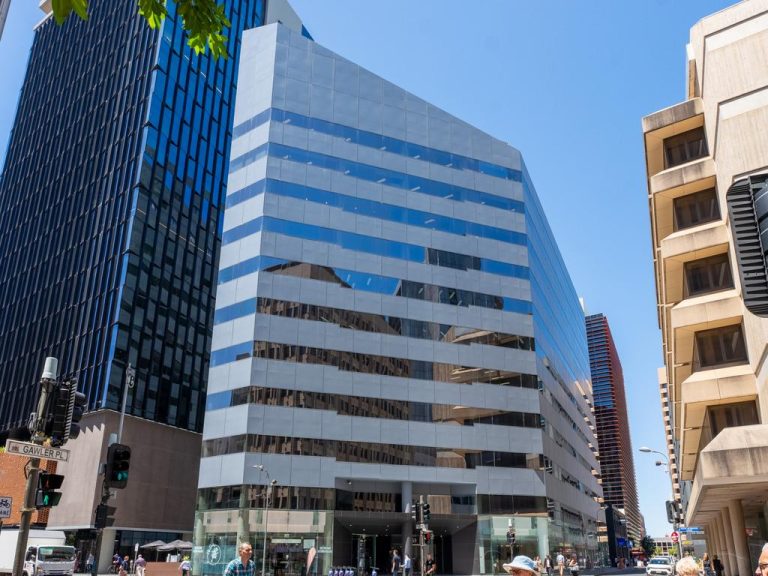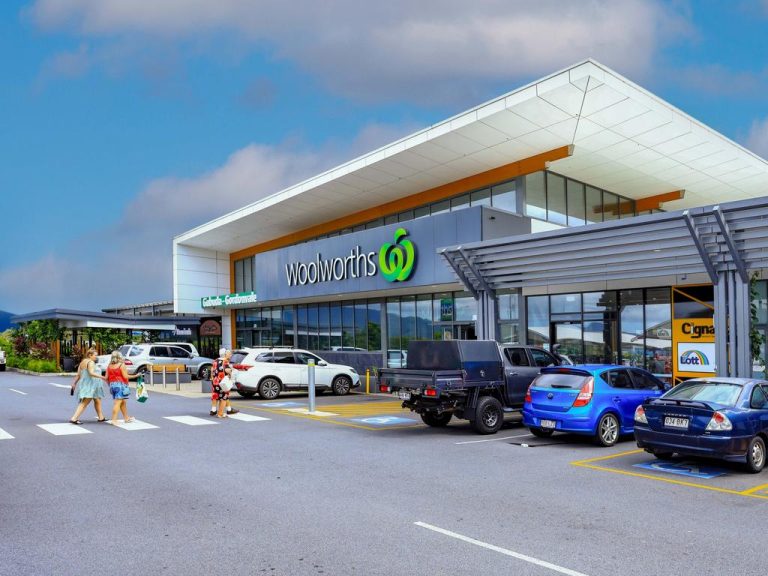One simple act can reduce risk of COVID infections in childcare centres

Childcare centres have borne the brunt of the COVID-19 pandemic with hundreds forced to close in recent weeks as they found themselves at the centre of outbreaks.
In Victoria, health department data published earlier this month in Nine newspapers showed more than 10% (142) of the approximately 1202 COVID cases recorded in August were linked to childcare centres. Schools were responsible for a further 313 cases. In NSW, a health spokesperson said 236 early childhood centres were notified of having an exposure in the same month.
But one possible solution to reducing the risk of COVID in Australia’s 16,403 childcare centres is – literally – within easy reach.
Ventilation expert and architect Geoff Hanmer, an adjunct professor in architecture at the University of Adelaide, said opening windows and doors and keeping them open will go a long way to preventing transmission.
“Opening windows is cheap,” he said.
COVID is transmitted by droplets in the air. The Australian Infection Control Expert Group, which advises the federal government, has said the risk of transmission may be higher under certain conditions, such as poorly ventilated indoor crowded environments.
The droplets are transmitted when a person sneezes or coughs, or through other small respiratory particles that are produced when adults or children talk, sing or shout – the kinds of things that happen every day in childcare centres.
NSW government advice for childcare centres says that open or well-ventilated spaces reduce the risk of transmission of COVID because infectious particles are more quickly diffused in the open air than in spaces with less ventilation.
Professor Hanmer said any naturally ventilated building with high occupancy is vulnerable when windows are shut and ventilation is poor.
“Nearly all childcare centres are naturally ventilated. But they (staff) don’t have to open windows, so there is effectively no ventilation when that happens,” he said.
He said it’s no coincidence Australia’s big outbreaks happen in winter, when naturally ventilated buildings are more likely to have their windows closed.
Early Learning Association Australia’s advocacy director Megan O’Connell agreed that ventilation is the key.
But she added that “we are fortunate in childcare that lots of learning occurs outdoors”.
Ms O’Connell said there are some considerations for childcare centre design in dealing with COVID.
“Where parents congregate at drop-off and pick-up is an issue,” she said. “We’d need to have a safe, covered area outdoors for parents.”
Safe places for childcare centre staff would also need to be considered.
“Educators eat lunch, do planning, and relax in the one room,” she said. “An outside space for lunch or planning would be ideal.”

Experts also advise staff to do more activities outdoors. Picture: realcommercial.com.au/for-sale
This is backed up by government advice. In Victoria, it is recommended that childcare centres should shift to as much outdoor programming as possible and “try to increase fresh air flow into indoor spaces by ensuring that doors that open from the room into the service outdoor play area are open at all times, along with windows”.
But is opening windows in winter really the best option?
“In the trade-off between ventilation and thermal comfort (aka staying warm), comfort wins,” Professor Hanmer said.
Then there are childcare centres in multi-storey buildings.
“What do we do about stairwells, lifts … it raises a whole new area of complexity,” Ms O’Connell said.
Identifying when the air inside is a potential risk is not difficult.
Professor Hanmer said one item that all childcare centres should invest in is a carbon dioxide sensor.
These handheld devices – which cost about $300 for a reliable model – measure the CO2 in the air, which normally sits around 400 parts per million. Professor Hanmer said measuring the CO2 can be a proxy for air quality. If the levels in a room were around 700ppm or higher, it’s time to act.
Another tool in the arsenal are HEPA air purifiers, which can cost upwards of $1000. The high-efficiency particulate air (HEPA) filter removes 99.9% of aerosolised virus particles in the air.







